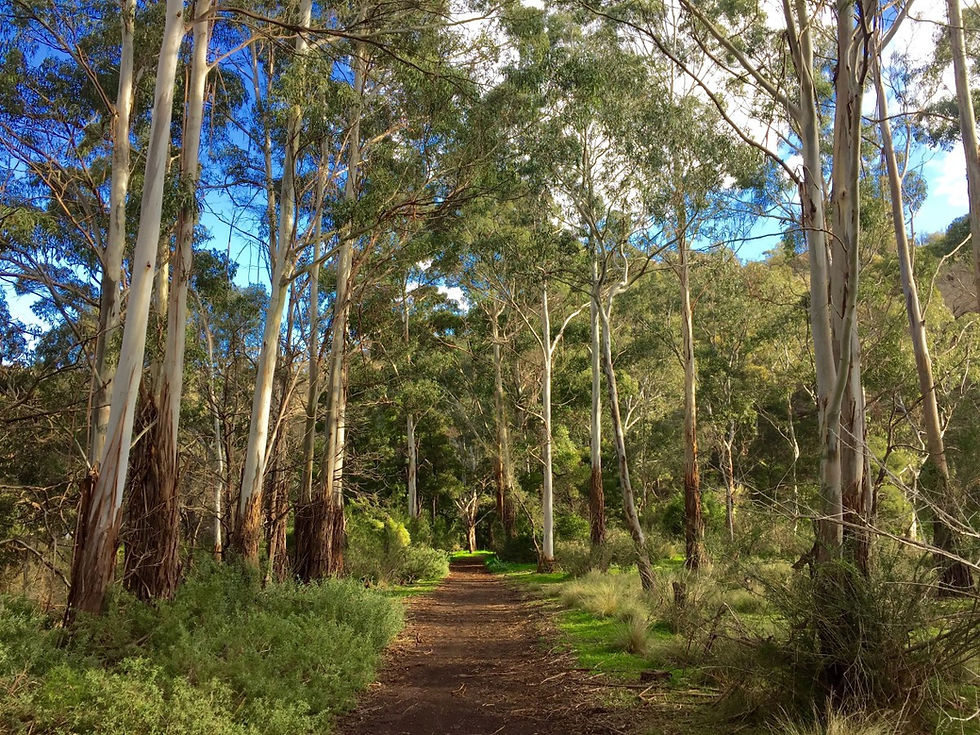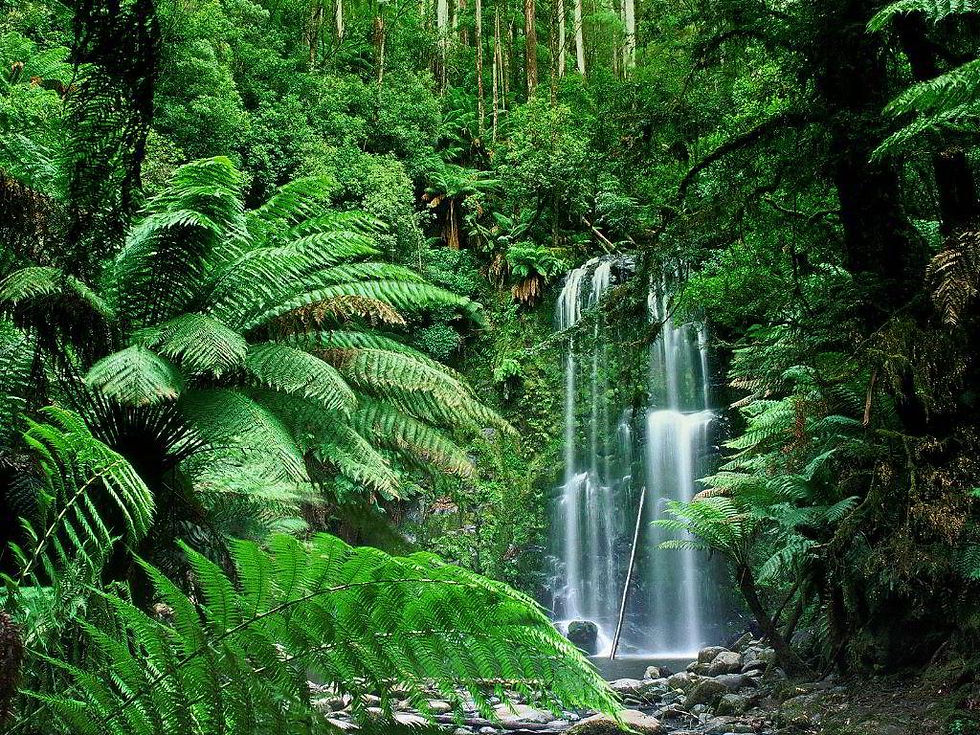Trees Make Rain, Forest Floors Store Water - Australia’s Deforestation effects 🎥
- Feb 13, 2019
- 3 min read
The impact of deforestation in Australia on the environment and ecosystems includes loss of biodiversity, a changing climate and decline in soil fertility. Almost 40 percent of the forests are lost and some of the remaining forests are fragmented - sadly the deforestation continues in the name of profit. The forgotten facts: Trees make rain and forest floors store water!
As stated by the Wilderness Society ”Australia is home to some of the most unique and magnificent nature in the world. Our country has vast grasslands, tropical rainforests, endangered eucalypt forests and diverse woodlands that provide shelter to our most precious threatened species. Yet, Australia is one of the worst developed countries in the world for broadscale deforestation – killing tens of millions of native animals (including threatened species) and wiping out endangered forests and woodlands. In fact, we’ve cleared nearly half of our forest cover in the last 200 years! “

And the continuing deforestation has an almost irreversible impact on our climate in Australia. Clearing of forests affects local temperature and precipitation patterns; it increases temperatures and reduces rainfall. Cutting down trees disrupts the natural water cycle, during which trees maintain soil moisture and release water vapor back into the atmosphere.
Australia has warmed approximately 1.0 degree Centigrade (1.8 degrees Fahrenheit) over the last century. Cutting down trees and forests affects climate by releasing large amounts of the greenhouse gas carbon dioxide into the air. Trees take up atmospheric carbon dioxide and convert it to energy and oxygen; therefore deforestation causes the loss of tree-mediated carbon dioxide uptake and increases heat-retaining carbon dioxide concentrations in the atmosphere.

In an Australian city along the East Coast the water most likely comes from surface water such as streams, rivers and reservoirs filled by rainfall and runoff, where as in Perth/Western Australia about 40% of water comes from groundwater. In other parts of Australia surface water stored in reservoirs is the main source of water supply, only a much smaller share comes from groundwater - but all storage methods are, at the end of the day, vulnerable to fluctuations in rainfall. Available freshwater resources are expected to decline with changes to rainfall patterns accompanying global Climate Change. As our population grows, so does the pressure on water use. And as Climate Change takes hold, so will droughts become longer and more extreme. The damaging effects of water pollution created through mining, farming, fracking, runoff from industry and so on into our waterways and groundwater is seldom taken into account here.
For us humans, every aspect of our life is reliant on the natural environment including the food we eat, the air we breathe, the water we drink, the clothes we wear and the products that are made and sold to create jobs and drive the economy.
Within Australia, the effects of global warming vary from region to region, but the impacts are already being felt across all areas of Australian life with extreme droughts, heatwaves, floods, bushfires, and these will continue to worsen if we do not act now to limit global warming to 1.5°C.


One of the simple solutions that everyone can participate in is planting trees. Each part of the tree contributes to climate control, from leaves to roots, in three primary ways: they lower temperatures, reduce energy usage and reduce or remove air pollutants.
Whether you plant trees around your home and property, in your community, nature reserves or in our national forests, they do help fight Climate Change.
As you can see, trees are beneficial to tackle Climate Change and an important part of keeping our environment healthy in many ways. Their contribution doesn’t stop here.
Trees truly "green" our planet in a countless number of ways. Why not plant one today?

🌳🌳🌳
We suggest reading the article from ABC Brisbane News, September 2018 - “When trees make rain: Could restoring forests help ease drought in Australia?” and watch the video ‘Koalas among species threatened by Australia deforestation (Al Jazeera English)
https://www.abc.net.au/news/science/2018-09-15/trees-make-rain-ease-drought/10236572
Australia's East Coast has become a global deforestation ‘hotbed’, according to a new study, October 2018
Koalas among species threatened by Australia deforestation / Al Jazeera English (2:30) 🎥 🇦🇺
REFERENCE
Hearst Seattle Media, 2019 (viewed 12.02.2019)
https://education.seattlepi.com/deforestation-impact-australias-ecosystems-4387.html
Enviroblog, Dec 2017 (viewed 12.02.2019)
Enviroblog, Dec 2018 (viewed 12.02.2019)






Comments